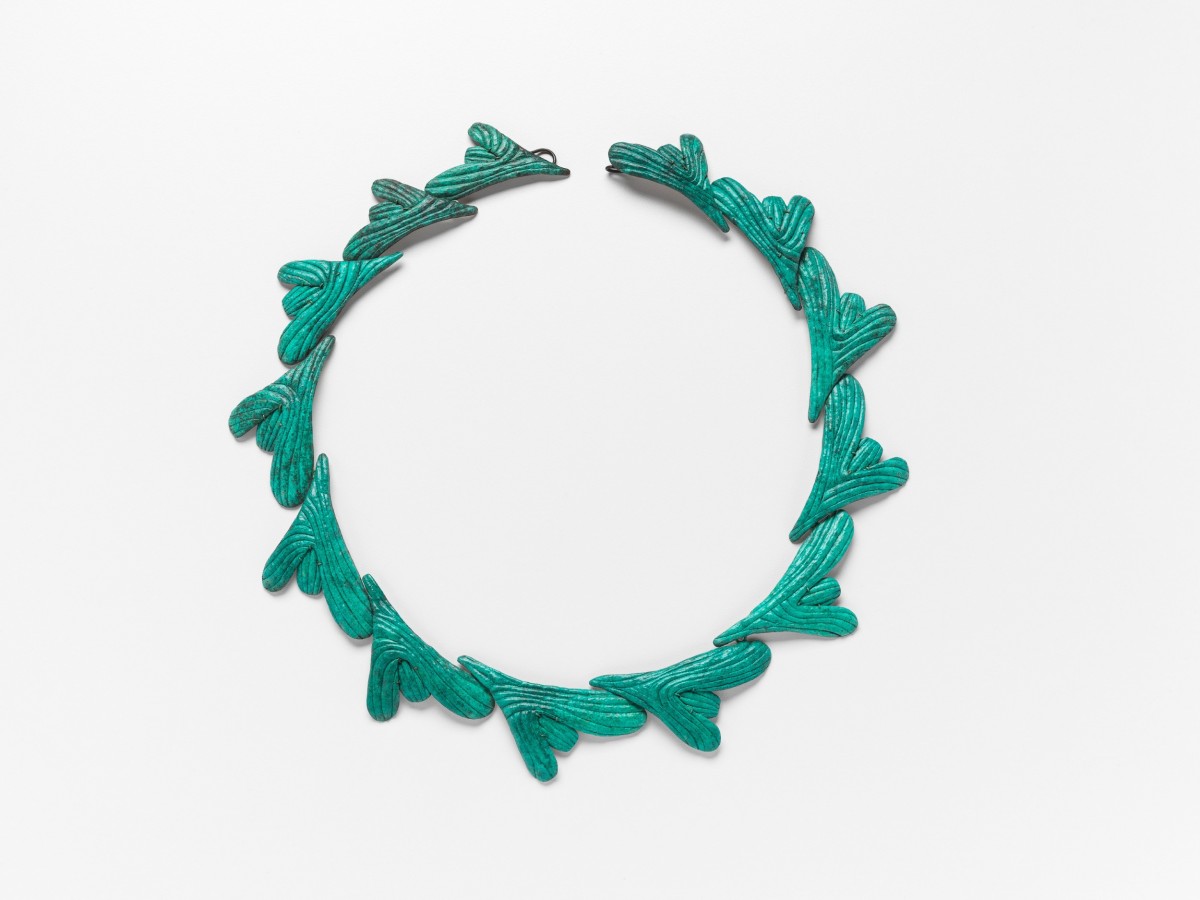 Julie Blyfield, 'Segmented’ #1 Neckpiece, Bi-metal copper/sterling silver, patinated finish, wax sealant, 240 x 235 x 10 mm, Photo Grant Hancock
Julie Blyfield, 'Segmented’ #1 Neckpiece, Bi-metal copper/sterling silver, patinated finish, wax sealant, 240 x 235 x 10 mm, Photo Grant Hancock
Surfacing is an extension of the ideas I developed after studying collections of red marine algae specimens stored in the State Herbarium of South Australia. The incredible variety and detail of the specimens captured my imagination and became the genesis for this new body of work.
I looked closely and explored the simple shapes, forms, and details of the pressed specimens, simplifying the details to repetitive elements. I am interested in the ‘slow' crafting process and building technique and skills over an extended period.
Working on surface patterns and detail, my pieces are labour intensive and require patience and time to create. Through the process of chasing, I rhythmically work small steel tools over the surface of the softened (annealed) metal to achieve volume and form in the pieces. Using both sterling silver and Bi-metal (copper fused to sterling silver), I have transformed the surface finish using metal patination - a Verdigris to echo the colours of the sea.
As I work the metal often unpredictable outcomes evolve as the object takes on a life of its own. Working from actual specimen collections and translating them into new designs and jewellery pieces is what I enjoy.
Julie Blyfield shares the processes and ideas within her practice and the inspiration behind her latest exhibition 'Surfacing' with writer/curator Claire de Carteret.
C: Hi Julie, thank you so much for chatting with me today, firstly can you discuss processes of transformation within your practice. What’s the significance both conceptually and materially?
J: I tend to work in series, within a contained body of work. Usually I start with new research by visiting a location, or working with a collection in a museum or Herbarium. From there I make the time to go back and see a place or a particular collection. I take photographs and from the photographs I return to the studio to develop the drawings, exploring different possibilities for making new jewellery pieces or objects.
I love the process of chasing. It’s where I work in a pitch bowl. Pitch is a resin based material that can be heated and supports the metal while I use small steel tools to texture the metal surface which is nestled into the pitch. I repetitively tap the steel texturing tool with a small chasing hammer to create the pattern and texture on the metal surface. Even after 35 years of working, I still find enjoyment. It’s hard on the body - on my back, neck and arms. I have to keep fit and I regularly go swimming, practice yoga and walk!
C: The way you were talking about your relationship with metal, really made me think about the differences between an artist and a craftsperson. It’s a question that I love to ask people who work in the crafts. Labels are silly but they can point towards ways of understanding things. I’ve found whenever I speak with people working in crafts, there’s always this really deep connection that they have with a material, it’s like a long-term relationship that you have your whole life.
J: That’s right. It’s endless really what you can do and create. I enjoy challenging myself to make larger pieces of work, it’s a big investment of my time.
C: I guess you spend so much time in the workshop with metal, how do you think the material itself informs the way you approach things, not just in your practice but in life?
J: You have to be tenacious. To do something like we do, it’s a big commitment of time and energy. That sort of dedication and commitment is definitely reflected in me as a person and in the way I approach my work. I am a very ordered person, I like to keep a routine, especially during the weekdays, especially getting into the ‘flow’ of making.
C: Looking at past works, I can see your artistic aesthetic and practice has evolved tremendously. I’m thinking of ‘unspoken promises’ 1993 and ‘give and take’ 1994, ‘objects of devotion’ 1992 - and then there’s a shift and you start to evoke the botanical. How did that shift come about?
J: Back in the early 90s I volunteered to work on an archaeological dig in the east end of Adelaide. It was the old market area of Adelaide where people lived, so we were finding fragments of past people’s lives: pins, little bits of brooch, clasps, bits of ceramics and domestic ware. These remnants of things hold stories within themselves. This inspired my early pieces where I integrated found materials into jewellery pieces.
Later on I went to a studio in London in 1997 where I had the chance to study the wonderful Victorian mourning jewellery at The Victoria and Albert Museum. I was really interested in that sentimentality associated with the jewellery from the mid 1800’s. It was an era when people made jewellery using locks of hair of a person who passed away. Hair was actually woven into the pieces. I was really fascinated.
Then I decided to look at my own family history, when my mother immigrated to Australia in the 1950s. She had a few belongings from her mother, or my grandmother - some embroidery, pillowcases, tablecloths, and things like that. I started using my grandmother’s embroidery as inspiration and that led me onto a whole journey into looking at my family’s history and botanical references. My grans embroideries often depicted floral imagery.
I should add that I am also a passionate gardener. Chris and I created our garden together over 25 years, my father was an avid gardener, as was my grandmother so that’s another significant botanical influence in my jewellery work.
C: Where did the ideas for ‘Surfacing’ come from? Can you discuss the evolution of the body of work?
J: I recently studied red seaweeds, Marine Algae from the southern coastline of Australia which were stored at the State Herbarium of South Australia. I had taken photographs and simplified some of the elements of the algae specimens. I repeated those elements, as you will see in the works, and stylised and simplified them to create this new series ‘Surfacing’.
C: What would you say to young jewellery artists who are trying to find their voice?
J: I’d say, be true to yourself, follow your own passion and interests. Work consistently and follow your instincts, and be committed to what you’re doing. It’s so important that you keep going, although it’s difficult at times. Finding a good Mentor is always helpful, someone you can talk to about your thoughts and ideas.
'Surfacing' is now on until November 12th. The gallery is open 11 - 6 pm Wednesday - Saturday.
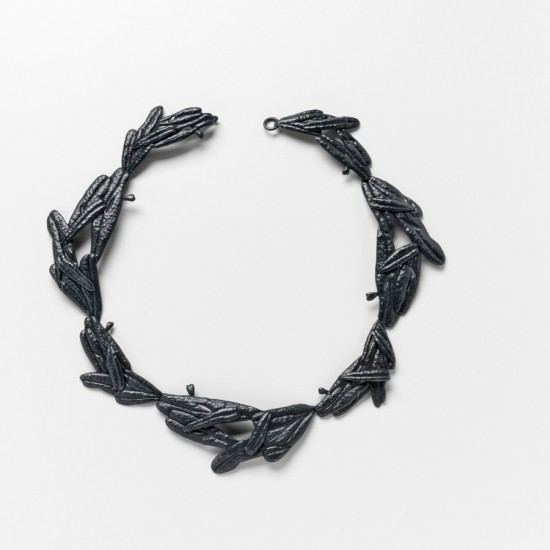
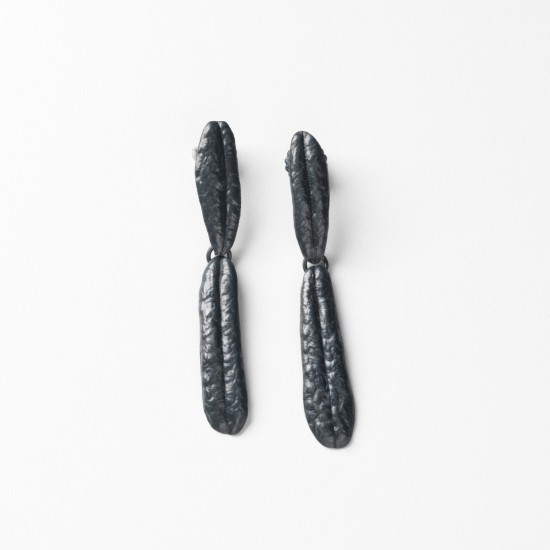
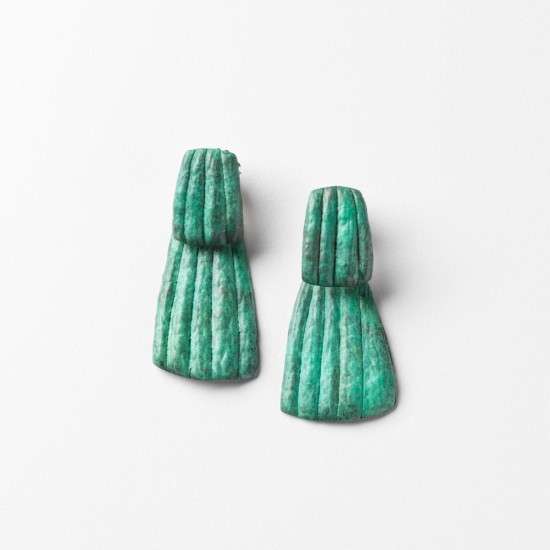
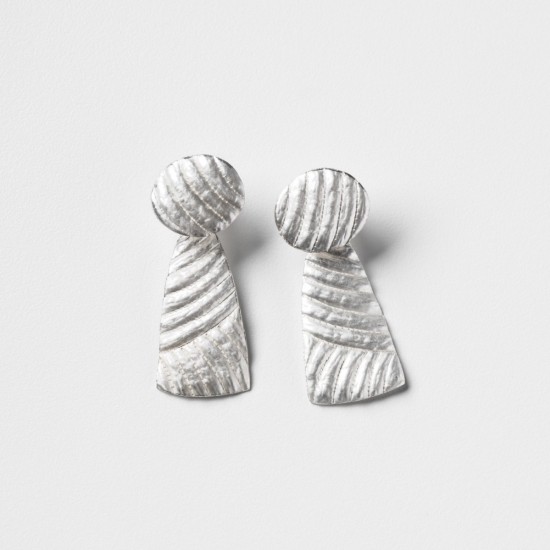
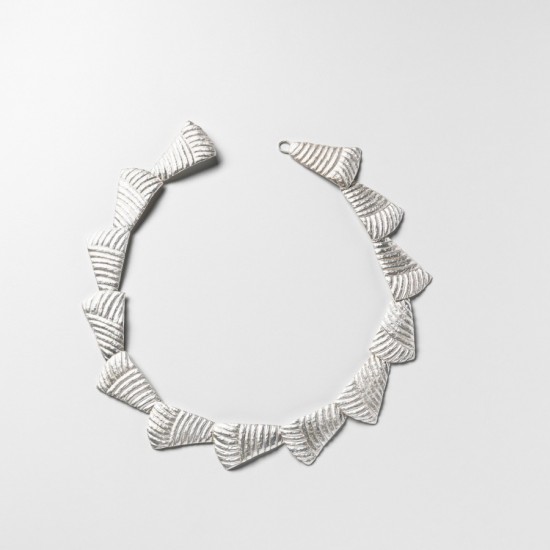
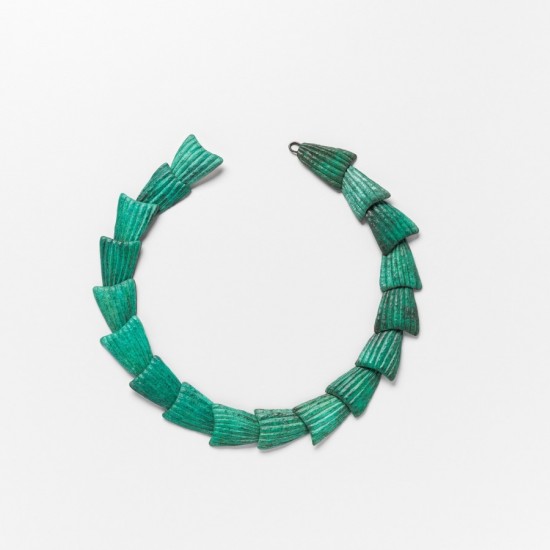
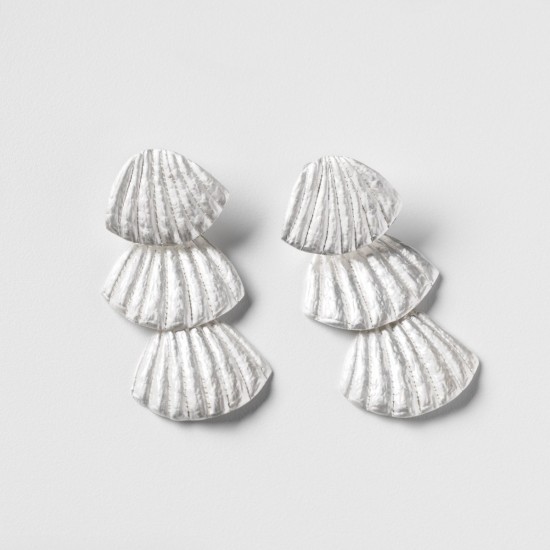
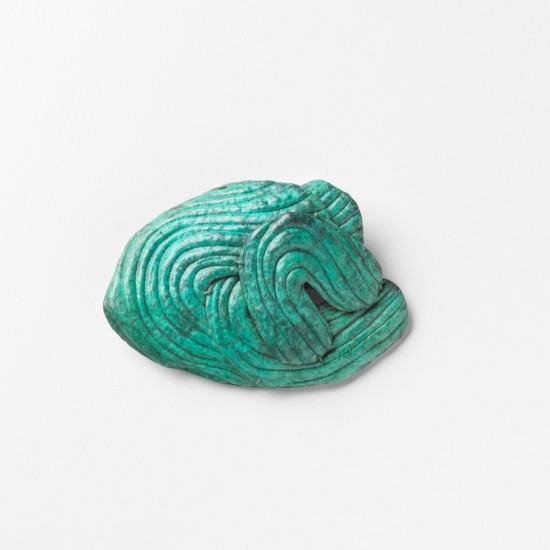
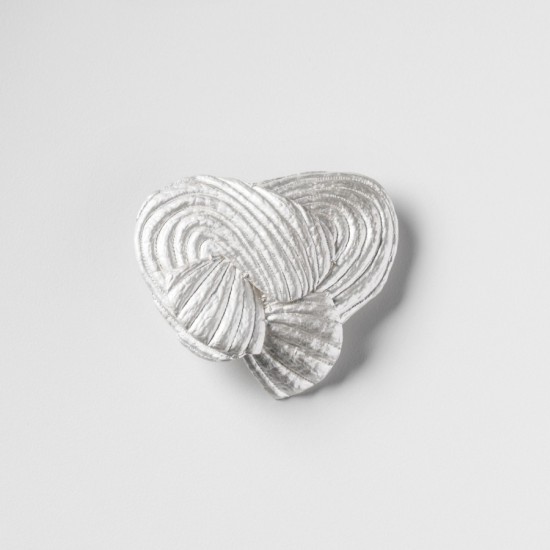
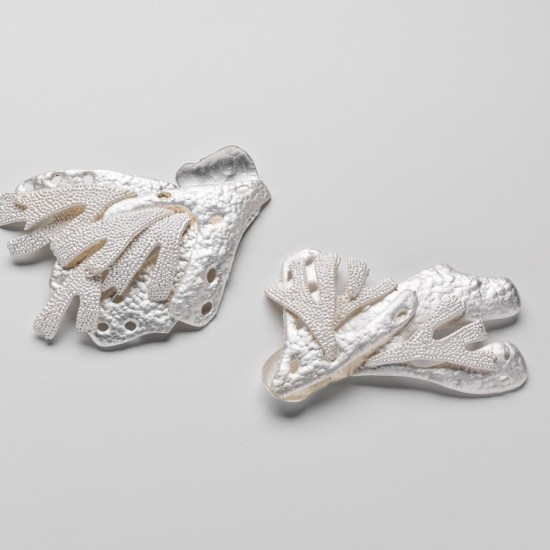
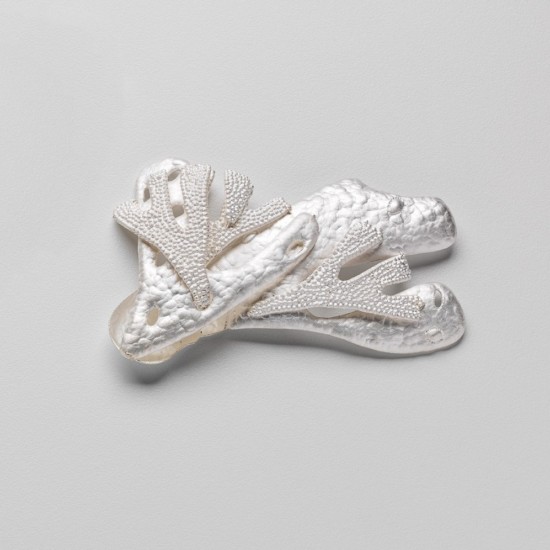












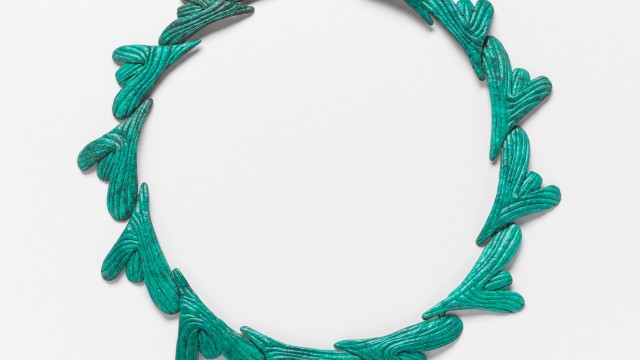
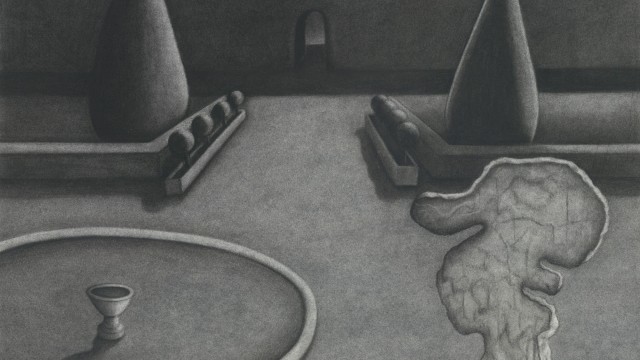
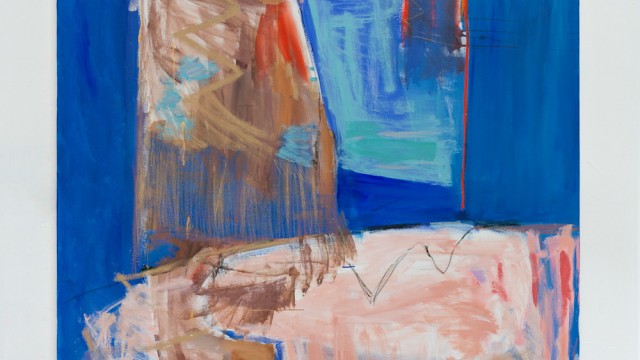

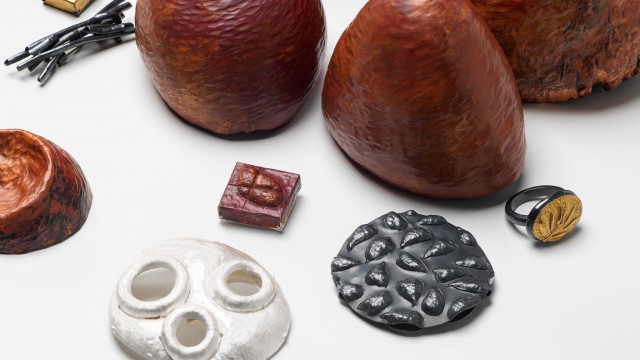
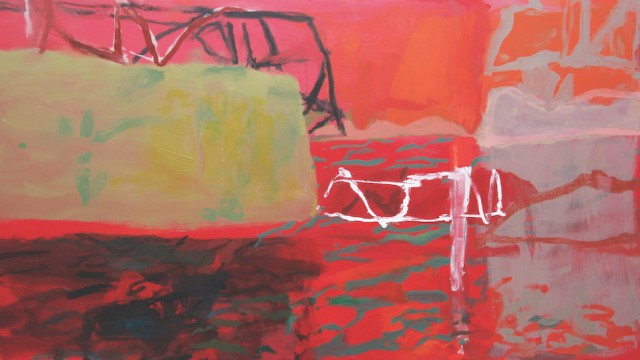
Group Exhibition
Melbourne Design Fair 2023
May 18-21, 2023